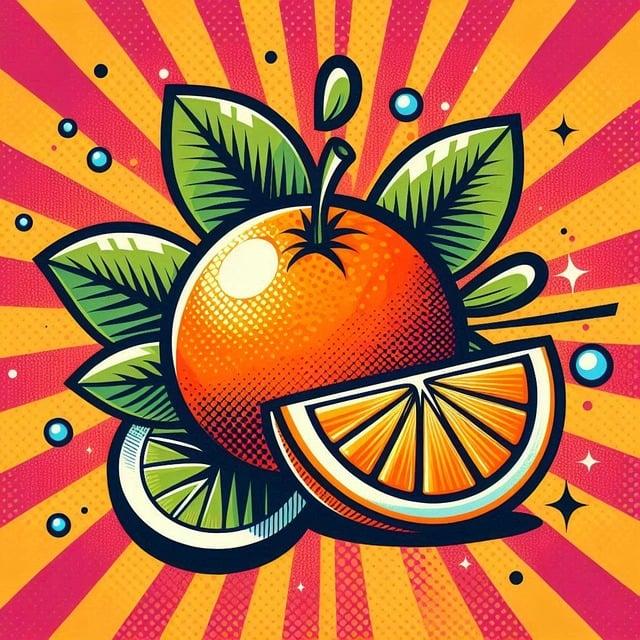In a bustling medieval marketplace, a traveling merchant named Elara stumbled upon a forgotten deck of cards in an ancient chest. Intrigued, she discovered they were not mere games but vessels of stories and wisdom from distant lands. Each card depicted a tale of love, betrayal, and adventure, waiting to be shared. Elara began to weave these narratives into her own life, captivating audiences with her enchanting performances. Thus, the cards transformed from simple objects into a bridge connecting hearts and minds, sparking a timeless tradition of storytelling.
Table of Contents
- The Origins of Playing Cards: A Journey Through Time
- Cultural Significance: How Cards Reflect Societal Values
- The Art of Card Design: Craftsmanship and Creativity Unveiled
- Modern Card Games: Trends, Innovations, and Recommendations for Enthusiasts
- Q&A

The Origins of Playing Cards: A Journey Through Time
The history of playing cards is a fascinating tapestry woven through various cultures and epochs. It is believed that the earliest forms of playing cards originated in China during the Tang Dynasty (618-907 AD), where they were crafted from paper and used for games of chance. These early cards were not the standard suits we recognize today but rather featured intricate designs and symbols that reflected the rich cultural heritage of the time. As trade routes expanded, these cards made their way to Persia, where they evolved into the Mamluk deck, introducing the concepts of suits and ranks that would later influence European card games.
By the late 14th century, playing cards had reached Europe, where they underwent significant transformations. The introduction of the **French suits**—hearts, diamonds, clubs, and spades—marked a pivotal moment in card history, simplifying the design and making them more accessible to the masses. The printing press further revolutionized the production of cards, allowing for mass distribution and the birth of various games that captured the imagination of people across the continent. Over the centuries, playing cards have not only served as a medium for entertainment but have also become a canvas for art, reflecting societal changes and cultural narratives through their evolving designs.

Cultural Significance: How Cards Reflect Societal Values
Throughout history, cards have served as more than mere tools for games; they are a mirror reflecting the values, beliefs, and social structures of the societies that create them. Each deck tells a story, encapsulating the essence of its time through symbols, imagery, and themes. For instance, the **royal figures** in playing cards often represent the hierarchy and power dynamics of their era, while the suits can symbolize various aspects of life, such as **wealth**, **war**, and **spirituality**. The evolution of card designs over centuries showcases shifts in cultural priorities, from the ornate illustrations of the Renaissance to the minimalist styles of modernity, revealing how aesthetics and functionality intertwine with societal norms.
Moreover, the games played with these cards often reflect communal values and social interactions. In many cultures, card games serve as a means of **bonding**, **competition**, and **strategy**, highlighting the importance of social cohesion and entertainment. The rules and objectives of these games can also mirror societal attitudes towards **risk**, **reward**, and **collaboration**. For example, games that emphasize teamwork may indicate a culture that values community and cooperation, while those focused on individual achievement might reflect a more competitive spirit. Thus, the world of cards is not just about play; it is a rich tapestry woven with the threads of human experience, illustrating how our past and present are intricately linked through the simple act of drawing a card.

The Art of Card Design: Craftsmanship and Creativity Unveiled
At the heart of every card lies a narrative woven from the threads of craftsmanship and creativity. Each design is a canvas where artists express their vision, often drawing inspiration from a myriad of sources—nature, culture, and personal experiences. The meticulous process begins with the selection of materials, where the texture and weight of the paper play a crucial role in the tactile experience. From the delicate shimmer of metallic finishes to the rustic charm of recycled fibers, the choice of materials sets the stage for the visual story that unfolds. The artistry continues with the application of color palettes, typography, and illustrations, each element carefully curated to evoke emotions and convey messages that resonate with the recipient.
Moreover, the evolution of card design reflects broader societal trends and technological advancements. In an age where digital communication reigns, the resurgence of handcrafted cards speaks to a longing for authenticity and personal connection. Designers are now blending traditional techniques with modern innovations, such as laser cutting and digital printing, to create unique pieces that stand out in a sea of uniformity. This fusion of old and new not only enhances the aesthetic appeal but also invites a deeper appreciation for the artistry involved. As we explore the world of card design, we uncover a rich tapestry of stories waiting to be told, each card a testament to the enduring power of human creativity.

Modern Card Games: Trends, Innovations, and Recommendations for Enthusiasts
The evolution of card games has been a fascinating journey, reflecting cultural shifts and technological advancements. From the ornate decks of the Middle Ages to the sleek, minimalist designs of today, cards have transformed not only in appearance but also in gameplay mechanics. **Innovations** such as augmented reality features and digital platforms have redefined how enthusiasts engage with their favorite games. Players can now enjoy immersive experiences that blend traditional gameplay with modern technology, allowing for a more dynamic interaction with the game and fellow players.
As the landscape of card games continues to evolve, several **trends** have emerged that cater to diverse audiences. The rise of cooperative card games encourages teamwork and strategy, while customizable decks allow players to express their individuality. Additionally, the resurgence of tabletop gaming has sparked interest in classic card games, leading to a revival of vintage styles and themes. For those looking to dive into this vibrant world, recommendations include exploring indie card game designers who often push the boundaries of creativity and gameplay, ensuring that there’s always something new and exciting on the horizon.
Q&A
-
What is the origin of playing cards?
Playing cards are believed to have originated in China during the Tang Dynasty (618-907 AD). They were initially used for games and gambling, spreading to India and Persia before reaching Europe in the late 14th century.
-
How did the design of playing cards evolve?
The design of playing cards has evolved significantly over the centuries. Early cards featured simple designs, but by the 15th century, suits like hearts, diamonds, clubs, and spades became standardized in Europe, influenced by earlier Italian and Spanish decks.
-
What cultural significance do cards hold?
Playing cards have cultural significance in many societies, often associated with social gatherings, strategy, and chance. They have been used in various forms of art, literature, and even psychology, symbolizing themes of fate and fortune.
-
Are there different types of card games?
Yes, there are numerous types of card games, ranging from traditional games like Poker and Bridge to modern variations like Magic: The Gathering and Yu-Gi-Oh! Each game has its own rules, strategies, and cultural contexts, appealing to diverse audiences.
As we shuffle through the pages of history, the story of cards unfolds—a tapestry woven with culture, art, and chance. From ancient divination to modern games, these simple pieces of paper continue to connect us, inviting new tales with every deal.

大家好,我是彼得潘,專業的手法身體治療師。我喜歡探索和研究各種主題,並透過與人工智慧的合作分享專業、實用、有趣的文章。我們定期進行人工審核,以確保內容的準確性。如果您發現文章中有任何不準確的地方,請隨時與我們聯繫,我們會及時糾正。您可以透過 [email protected] 與我們聯繫。



